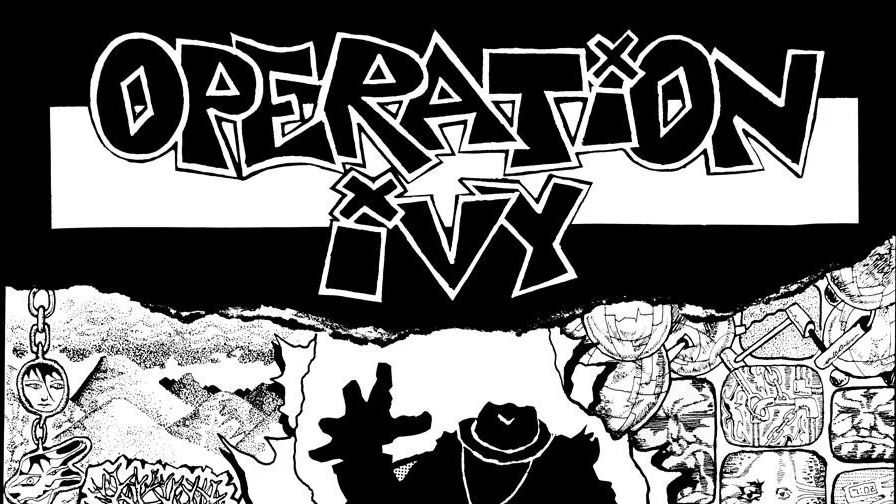In 1930, in a Berkeley laboratory, physicist Ernest Lawrence created the first cyclotron, a particle accelerator that smashed atoms and revealed the building blocks of the universe. In the 1940s, the cyclotron played a crucial role in the Manhattan Project. For his efforts, Lawrence was awarded the Nobel Prize in Physics.
Nearly sixty years later, four punks converged in Berkeley to unlock something far more potent than nuclear fusion. Operation Ivy—a band named after a 1952 American hydrogen bomb test—did the unthinkable: they fused hardcore and ska. Their lone LP, Energy, is just that: a kinetic jolt of gritty, uptempo punk. Is Op Ivy more deserving of a Nobel than Ernest Lawrence? It’s hard to say. But if the Nobel committee had any sense, Ska-Punk would be a prize category alongside Physics and Peace, and Op Ivy would be standing on a platform in Stockholm with medals around their necks.
On a Sunday night in May of 1989, a throng of sweaty kids packed the 924 Gilman Street Project, a Berkeley punk club in an industrial zone just a few blocks from the San Francisco Bay. The opening band was a trio of East Bay upstarts who had recently changed their name from Sweet Children to Green Day. But the reason the club was at max capacity was to see the headliners, Op Ivy, who were celebrating the release of Energy.
Formed in May of 1987, Op Ivy were like a precocial animal—an elephant or a horse that, at birth, could run with the pack. With frontman Jesse Michaels, Dave Mello on drums, Matt Freeman on bass, and guitarist Tim Armstrong, then known as Lint (a nickname he allegedly gave himself without reason), Op Ivy became the flagship band of the early Gilman scene. That night, the quartet played basically their entire catalog of 20 songs with the audience spilling onto the stage, singing along, fists pumping in the air.
“It was magic,” said Lawrence Livermore, the cofounder of Lookout!, Op Ivy’s label, in Kiss This, a 1997 book by the critic Gina Arnold. (Livermore’s nom de punk comes from the East Bay nuclear-weapons research lab named after Ernest Lawrence.) “There were millions of kids there, singing all the choruses, and we couldn’t figure out where they’d come from. It was like a punk Woodstock.” Gilman’s capacity at the time was 225, so it was probably a few people shy of “millions.” Over the years I’ve met at least 15 people who’ve claimed they were at that show.
